BERMUDA DOLPHIN BABY UPDATE!
On March 31, 2014, and April 5, 2014, Dolphin Quest Bermuda welcomed two amazing additions to our family. Bailey gave birth to her daughter Brighton first, and Ely gave birth to her baby girl Devon a few days later. Both calves are now a little over 8 months old and learning all sorts of new skills. Just like children, every dolphin calf is unique, and while Brighton has already acquired a taste for fish, Devon has shown great interest in basketballs and hula-hoops.
Dolphins are mammals just like you and I, and a baby dolphin’s diet is initially made up entirely of their mom’s milk. When the calves show us they are ready, usually around three months of age, we begin to offer them very small pieces of fish. In the beginning, these small pieces are a very exciting new toy for our little ones, who typically play with the small pieces of fish without eating it. Quickly though, the calves learn to swallow these tiny pieces of fish. Even once they begin eating solid food, Mom’s milk continues to provide a vital part of their nutrition.
Trainers then pair a whistle with the action of eating the piece fish. Through this association, dolphins learn that the whistle means “good job!” and it becomes a vital part of teaching them new behaviors. Being a trainer is exactly like being a teacher, and one of the most important tools is having many ways to tell your student “good job!” In fact, because calves are still drinking so much milk from mom, there are some training sessions where fish is not interesting to them at all. Having taught the baby dolphin the meaning of the whistle, we can add it to the long list of ways we can communicate to them how well they are doing. Don’t forget basketballs, hula-hoops, ice cubes, belly rubs, clapping, and being the center of attention!
The first months of training for a dolphin calf are very important. During this time, our trainers lay the groundwork of a dolphins training for all the learning that will come. One of the first skills we teach our calves is to simply touch a trainer’s hand with their rostrum, or mouth. This is called a hand target. Once they learn to touch a trainer’s hand, the trainer can then start to move their hand and in turn the dolphin will want to follow that target. This basic behavior is used to train everything from cooperative medical behaviors, like having their teeth brushed, to behaviors for physical exercises, like jumping.
It is a very exciting time here at Dolphin Quest Bermuda. As each day passes, our dolphin’s size and knowledge grows. They continue to be an inspiration for our trainers and our guests. Next time you find yourself in Bermuda, be sure to check in to see what new things Devon and Brighton are learning next!
